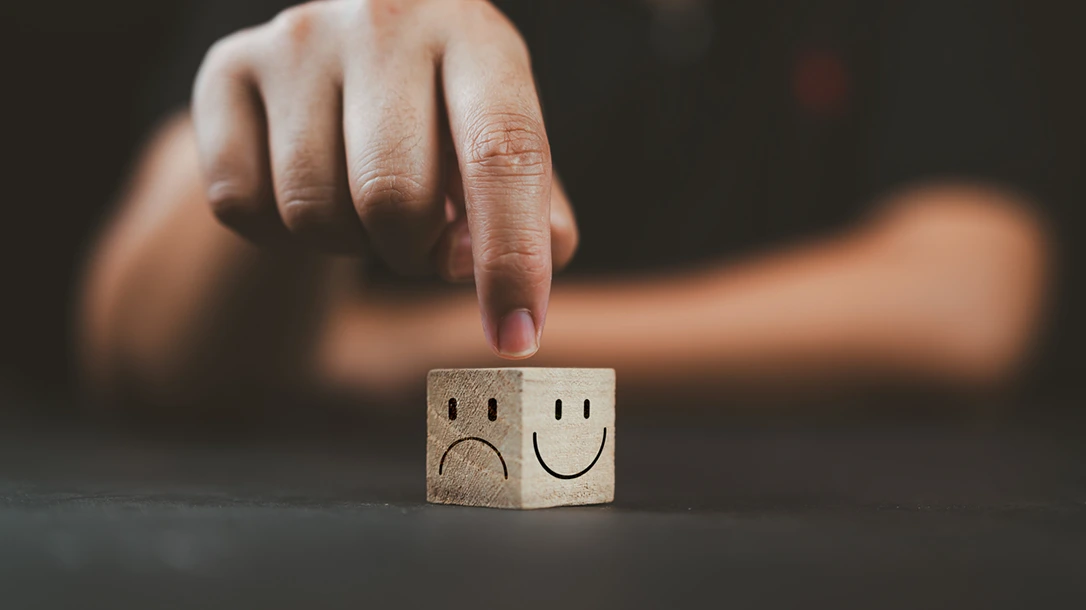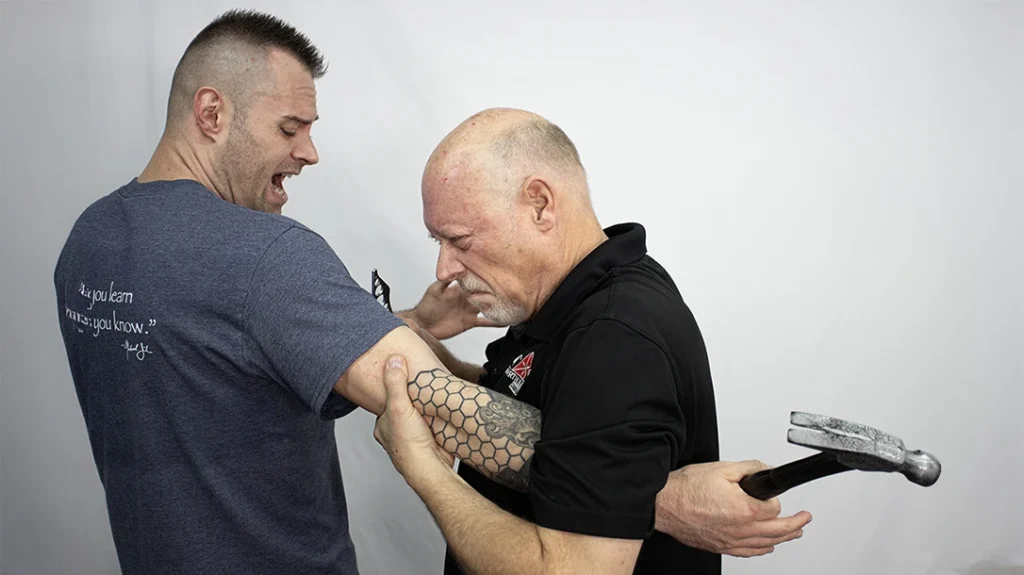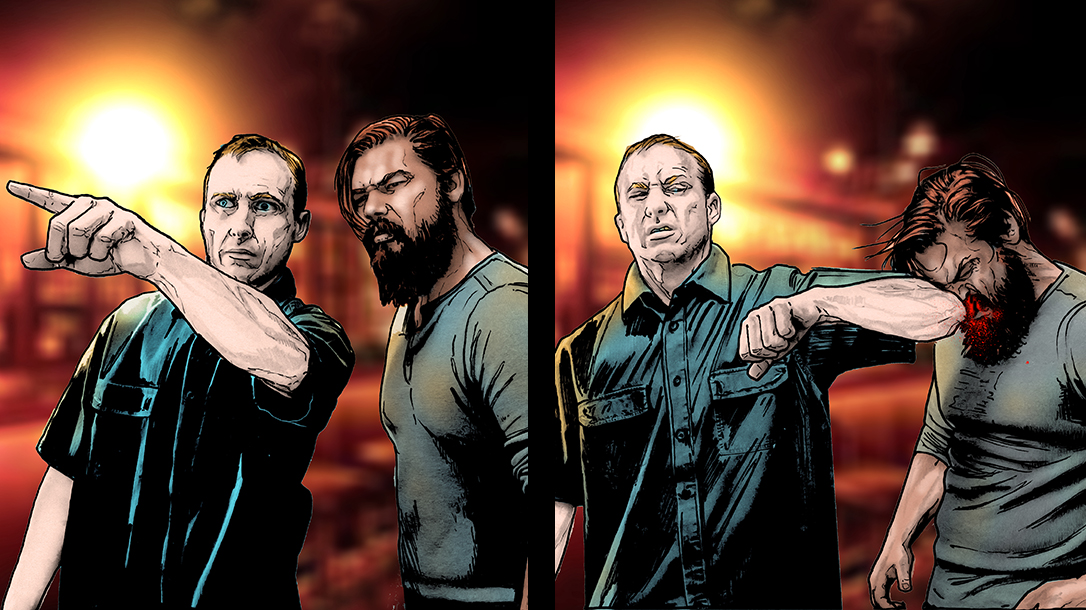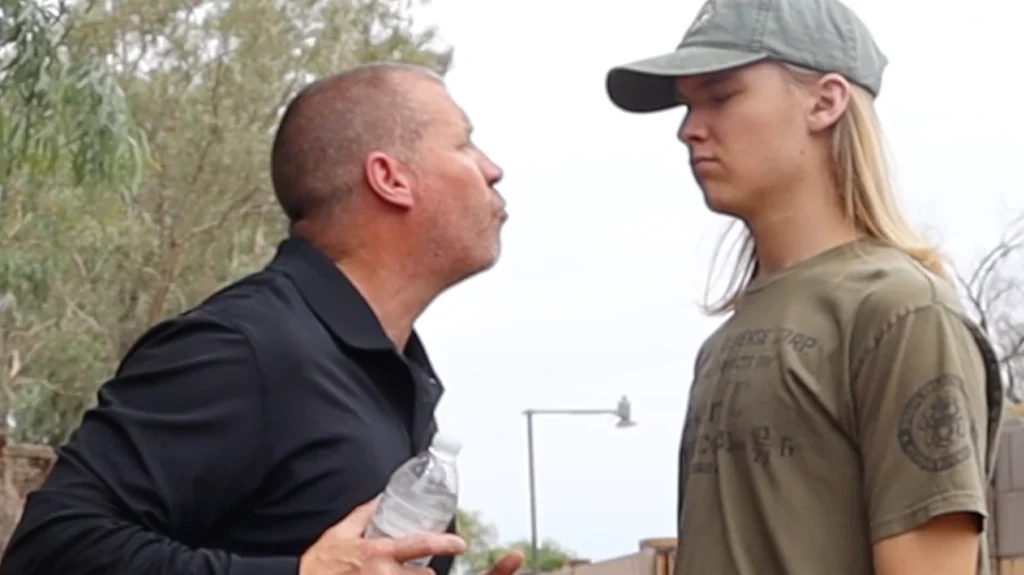Seasonal Affective Disorder (yes, I’m going to continually write out the full definition instead of SAD, cause folks, I have a word count I gotta be conscious of) can be described as depression type symptoms that occur during the fall and winter months when there is less sunlight, which would be considered a seasonal pattern. (Not exactly rocket science, I know) Perhaps some of you will read this and say, ‘Just go to a tanning bed or do some light therapy.’ However, let’s be honest, there are many…
Don’t be SAD
One, who is not aware of that option, and two, may not have the availability of funds to afford those possible solutions.
Let’s examine some symptoms and possible solutions to shed light on positivity regarding this disorder, which affects tens of millions of people in America each year. According to the Internet, 5% of adults in the United States (Roughly 10,000,000 Americans) are experiencing seasonal affective disorder. Thank you, Google ( yes, I googled that $*!t), which, according to the research I did for this article, women seem to be more likely to be diagnosed with Seasonal Affective Disorder than men. Some of the estimates online suggest that women are four times more likely to be diagnosed with SAD.
Advertisement — Continue Reading Below

Why am I reading this?
The primary purpose of this article is to get ahead of this situation. Now, I come from an era where we didn’t even have a name for this. I think it might have been called the “winter blues”?. No matter what, this is a critical mental health awareness situation for America and the world.
In this article, I will present some symptoms and statistics that I found through Google, which provided some numbers. However, as I’m sure you’re well aware, these numbers and statistics will never tell us 100% of the truth behind this disorder.
Advertisement — Continue Reading Below
I feel that it’s a big deal because with most disorders that have to do with the mental health of a human being And the amount of suicides our planet is going through especially our country of America the more we can bring light to this situation or any situation on mental health the closer we will be to having less and less people take their own life.
To put this into perspective for those of you who may be thinking right now, “great, another mental health awareness month”, please remember that there is unlikely to be one human being, male or female, from the age of 13 on up that has not had to deal with some form of depression in their life. Now, if you’re reading this and you’re wondering why we’re wasting our time on it, then this article isn’t for you. However, I’m willing to bet that the seasonal changes have negatively impacted many readers, or know someone who has, as we enter the darker, colder winter months.
Symptoms
Here are some symptoms that may be relatable, and by no means is this an exhaustive list. These are just highlights of some of the symptoms.
Advertisement — Continue Reading Below
A persistent, low mood
Increased appetite
Sleep problems
Advertisement — Continue Reading Below
And the big one is social withdrawal.
Solutions for SAD
I am going to preface and remind you that I am not a PhD, a specialist, or an expert in the subject of mental health or this Seasonal Affective Disorder. OK, I’ve covered myself. Now, how do any of us protect ourselves or strengthen ourselves against depression?
Here are a few fail-safe ways to bulletproof yourself against the attack of depression
Advertisement — Continue Reading Below
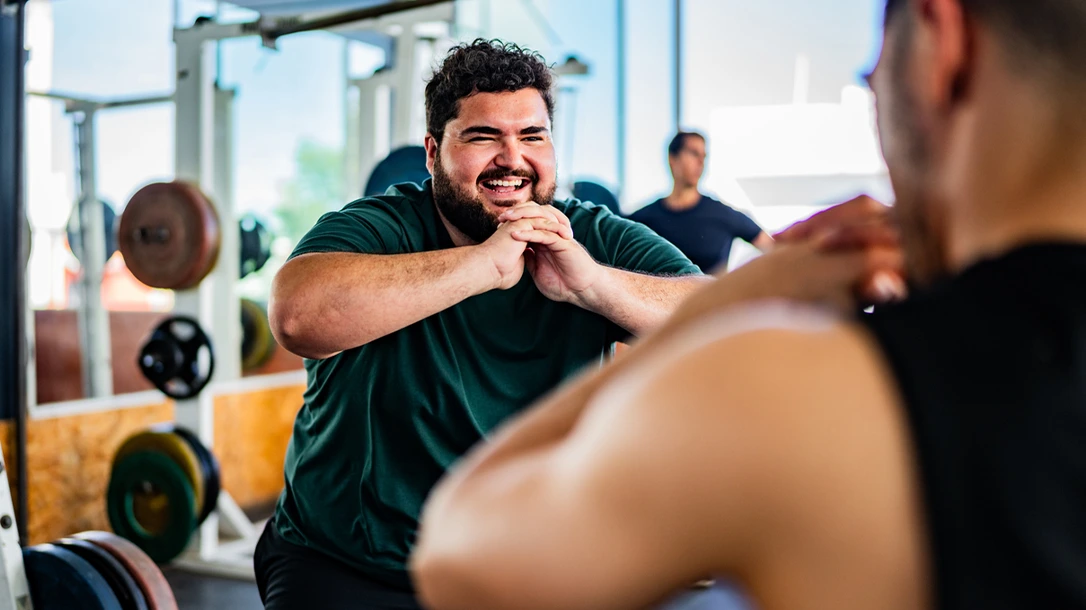
Fitness
Now, before you skip this part because you’re thinking I’m going to tell you to join a gym or a CrossFit Box or tell you you need to run 400 marathons, pause, breathe, and please continue with the rest of this section. The fitness I suggest is simple and scalable.
Don’t stay indoors (yes, I’m very aware that this disorder and depression are happening during the crummiest times of the year)
Advertisement — Continue Reading Below
A short walk, a brief swim, or even walking around your house or apartment to get your body moving.
Bodyweight exercises include push-ups, squats (as I’ve mentioned before, and will continue to emphasize that if you can sit on a toilet to poop, you can squat), lunges, ab exercises, and push-ups. There are countless other bodyweight exercises. Thanks to the Internet, you can find exercises that are scalable to your current physical condition.
Nutrition
As with the section above, please don’t skip this part of the article. I’m not going to ask you to go on some crazy diet. I want to ask you to be mindful of the amount of sugar you consume during this time. Sugar is not suitable for you or me, and it’s addictive. Be aware of the types of food you’re eating out of boredom or sadness. I’m not telling you not to eat cake, I’m telling you not to eat a whole bunch of cake. I’m not telling you not to eat ice cream, but don’t eat an entire pint of ice cream.
Advertisement — Continue Reading Below
Please trust me on these baby steps to eat less garbage, especially during these dangerous months when your seasonal affective disorder is going to kick in.

The Electronic Element
This one really applies all year long, as far as I’m concerned. As humans, what we ingest through our eyes, what we hear in our ears, and what we speak with our mouths will impact our moods and outlook on life.
Advertisement — Continue Reading Below
So are you watching or listening to music or TV shows that are based on negativity and the constant putting down of other people, is your social media feed filled with nothing but doom and gloom, and that the world the sky is falling, where you’re ongoingly watching human beings be cruel to other human being and laughing about it, lastly and in my opinion most importantly, do you speak Ill of different people and perhaps do you speak harshly about yourself?
All of these are factors that contribute to depression and Seasonal Affective Disorder having more strength and sticking around longer. Ultimately, the key is to be mindful of what you’re watching, what you’re scrolling through on social media, and the music you’re listening to. Again, most importantly, consider how you speak to others and how you speak to yourself.
Your Circle of Friends
This one is very, very challenging for most people. Perhaps you don’t have any friends or people you consider friends, and that is adding to the impact of this disorder. Before I proceed, I suggest that you take a chance and venture out of your home to engage with your community, find your niche, and join a group. Find your” tribe,” whatever verbiage you want to use, because if there’s one thing I want you to remember, you are not alone. Self-isolation is the most dangerous part of our society right now, so get up off your butt and get out and be a part of your community.
Now, let’s say you have a bunch of friends, a tricky question to ask yourselves is, are those friends healthy, productive, and care about your well-being, or are they not healthy, are destructive ( mentally, emotionally, or physically), and just a bunch of good-for-nothings that like to steal your energy and mistreat you? If your friends or anything like what I just mentioned cut them, get rid of them, and replace them with healthy, good-natured, empathetic friends that will walk with you during these darker moments when your disorder is kicking into overdrive.
Critical Information
Obviously, I hope that you gained something from this article; perhaps it’s one that you will share with someone you know who is going through Seasonal Affective Disorder. This disorder has been stated as a type of depression, which means it falls in the mental health swimming pool. I am now aware that each year, different months are dedicated to various kinds of mental health awareness, for example.
-Mental health awareness month of May
-Men’s Mental Health Awareness Month in June
-Seasonal affective disorder awareness month is in December( statistics have the months of January and February as most impactful for SAD)

Mental Health Matters
I realize some of y’all have become desensitized to the topic of mental health, depression, or any mental disorder. I ask that you refrain from that and open your heart and mind to empathy and compassion. Mental health and the awareness of people’s mental health declining, and the depression that comes with it, is not going anywhere, and we as human beings need to learn skills to assist those who are going through those truly dark depressive moments.
If you’ve never experienced any depression, there’s a part of me that says congratulations. Good for you; however, you are a rarity, and since it’s more common than not that someone you know or you reading this has or is going through some form of depression. We need to remember that it’s temporary. It feels like it will never go away, but it is temporary, and I beg you not to make permanent solutions to a temporary problem.
I’m not downplaying, in any way, shape, or form, the seriousness of how this feels and how it manifests itself in your life. I want you to remember that with a little bit of work and some help from your community, what seemed like a massive black abyss has some light in it. You can see just a little bit of that light as it walks towards it.
I hope this article provides you with some solutions that you can use for the rest of your life and share with others who are going through what the British call the “black dog”.
Keep your head up and remember this: Too shall pass.
